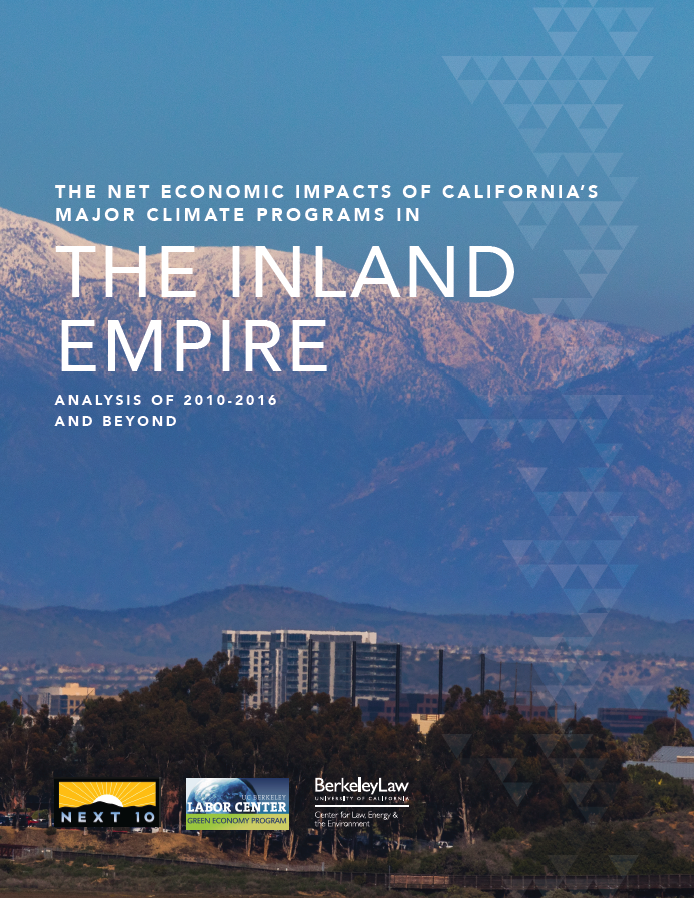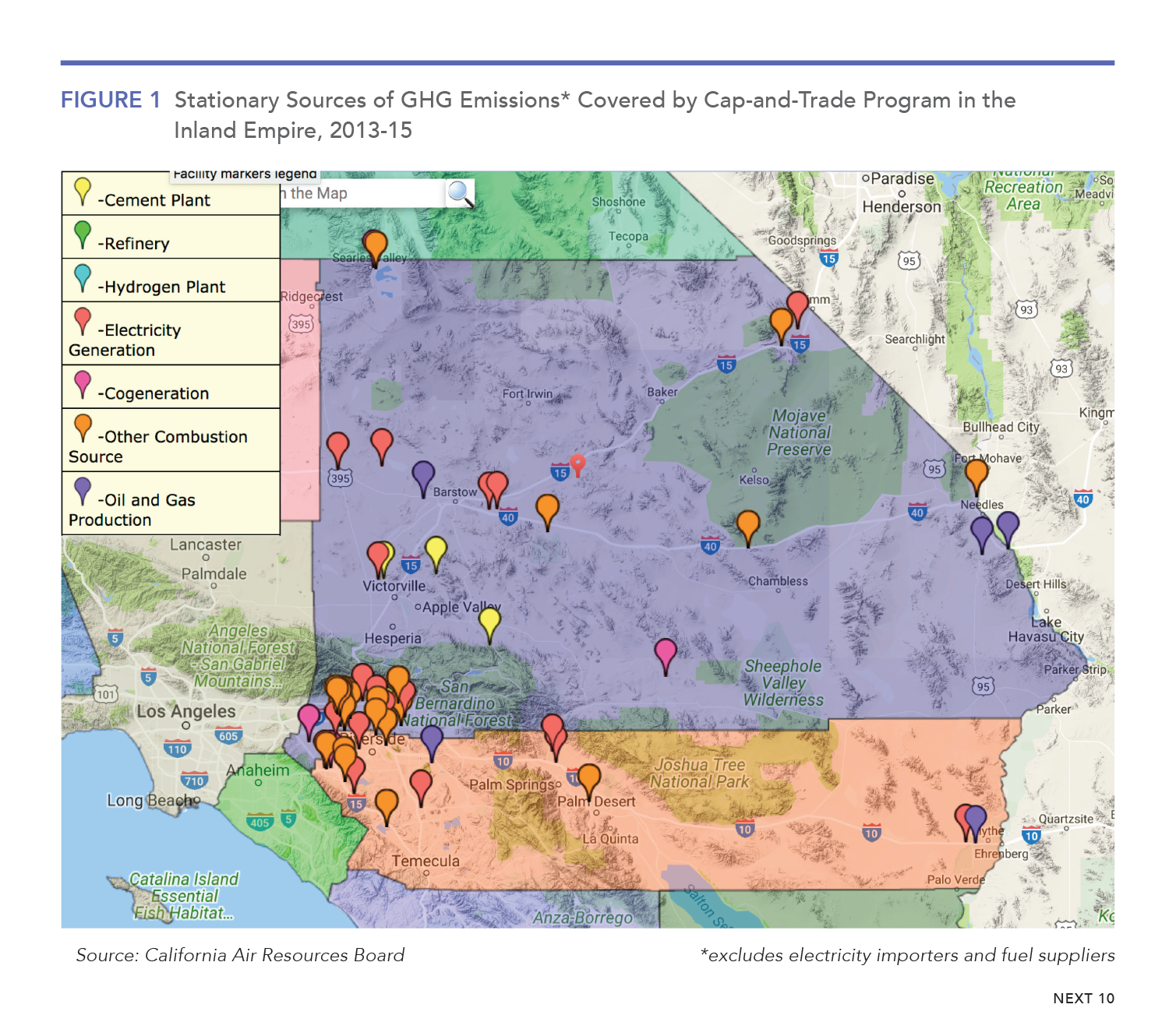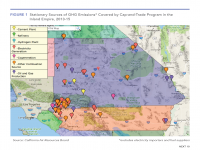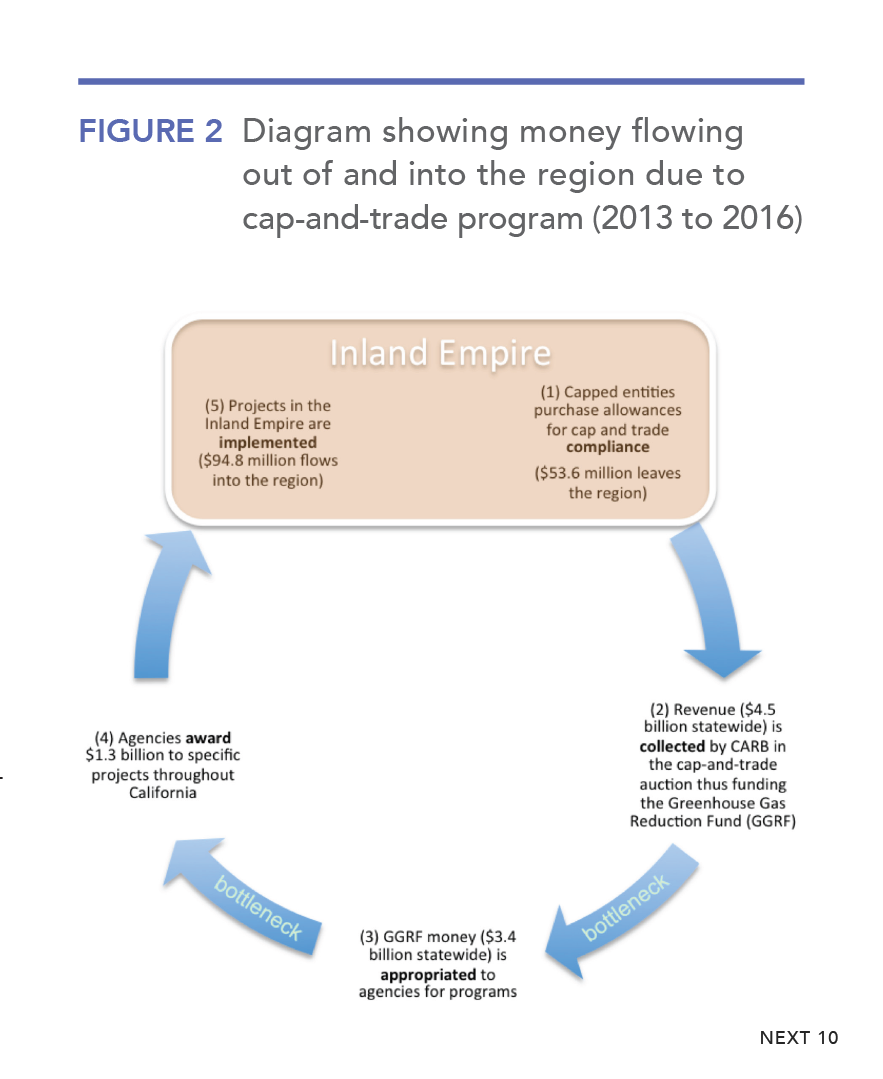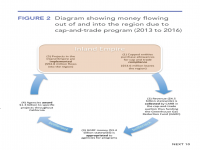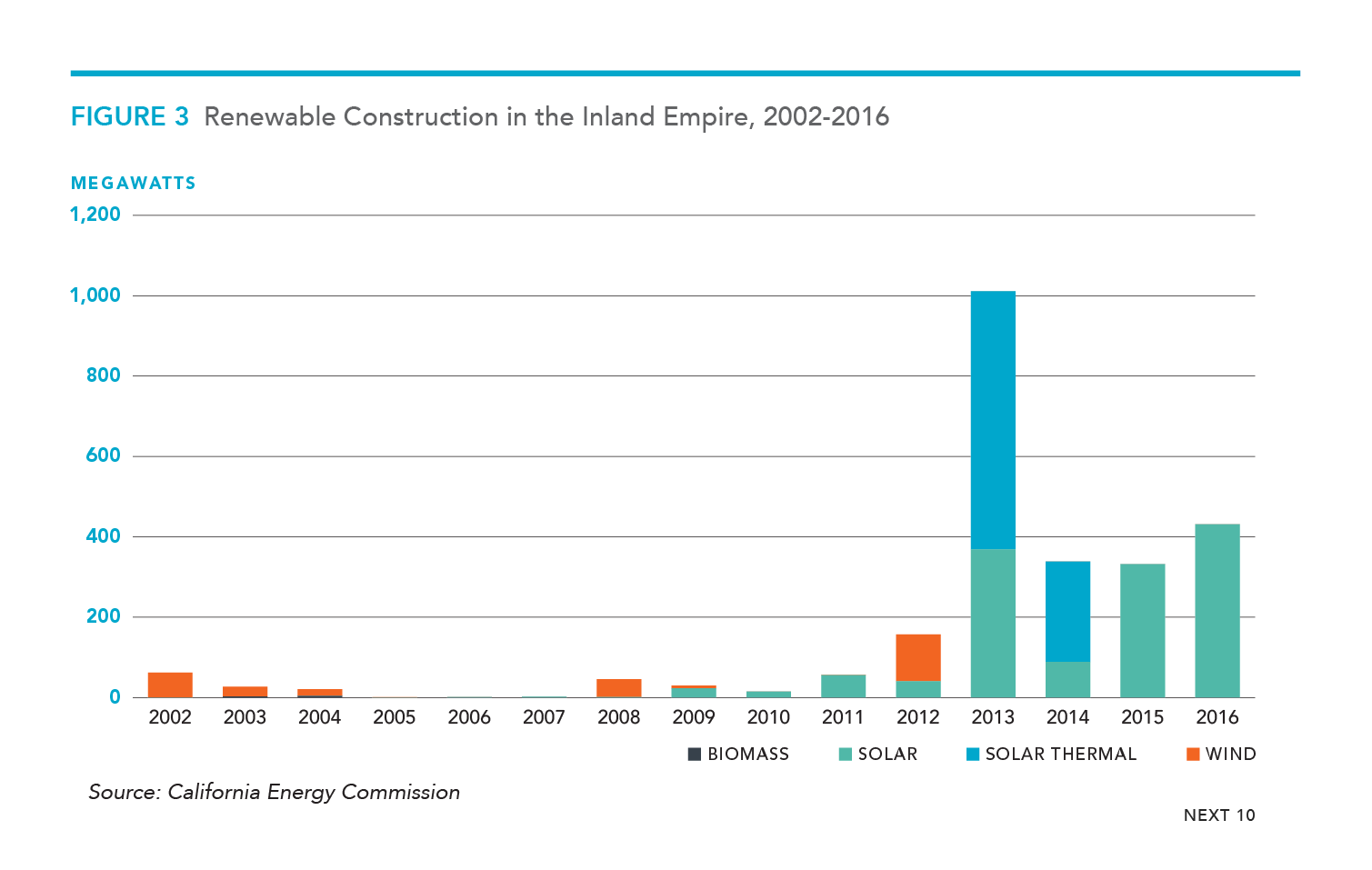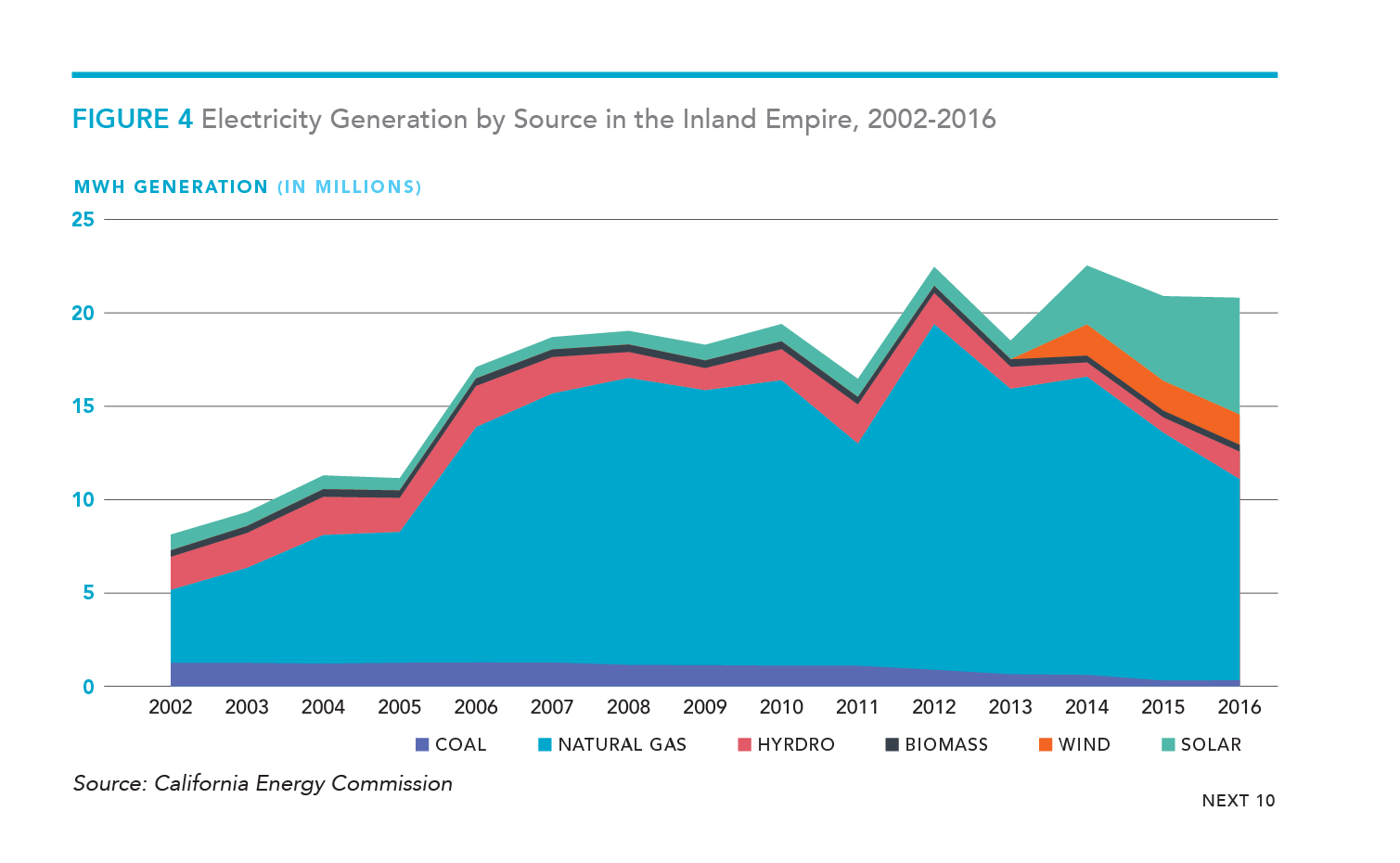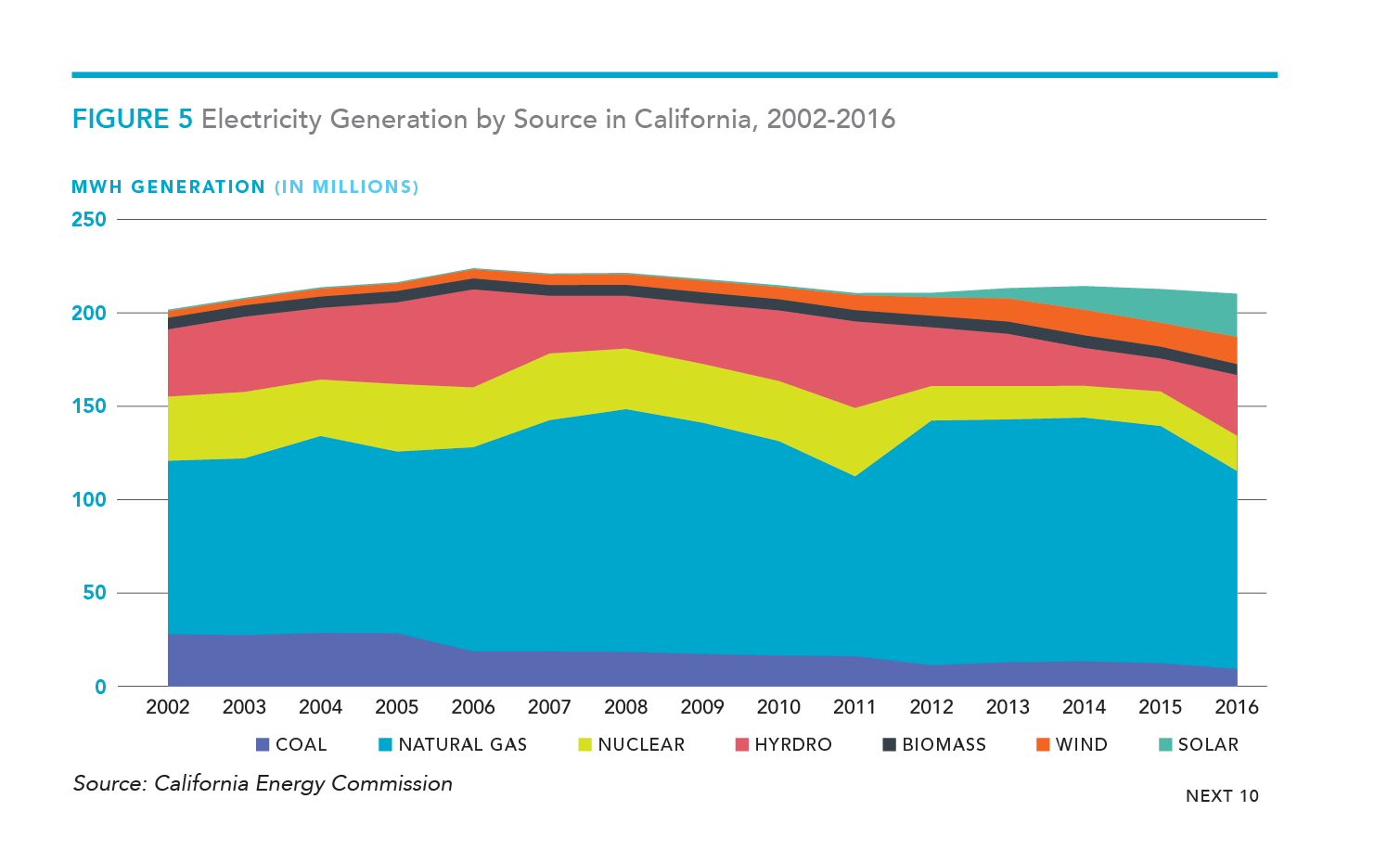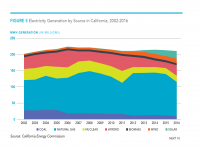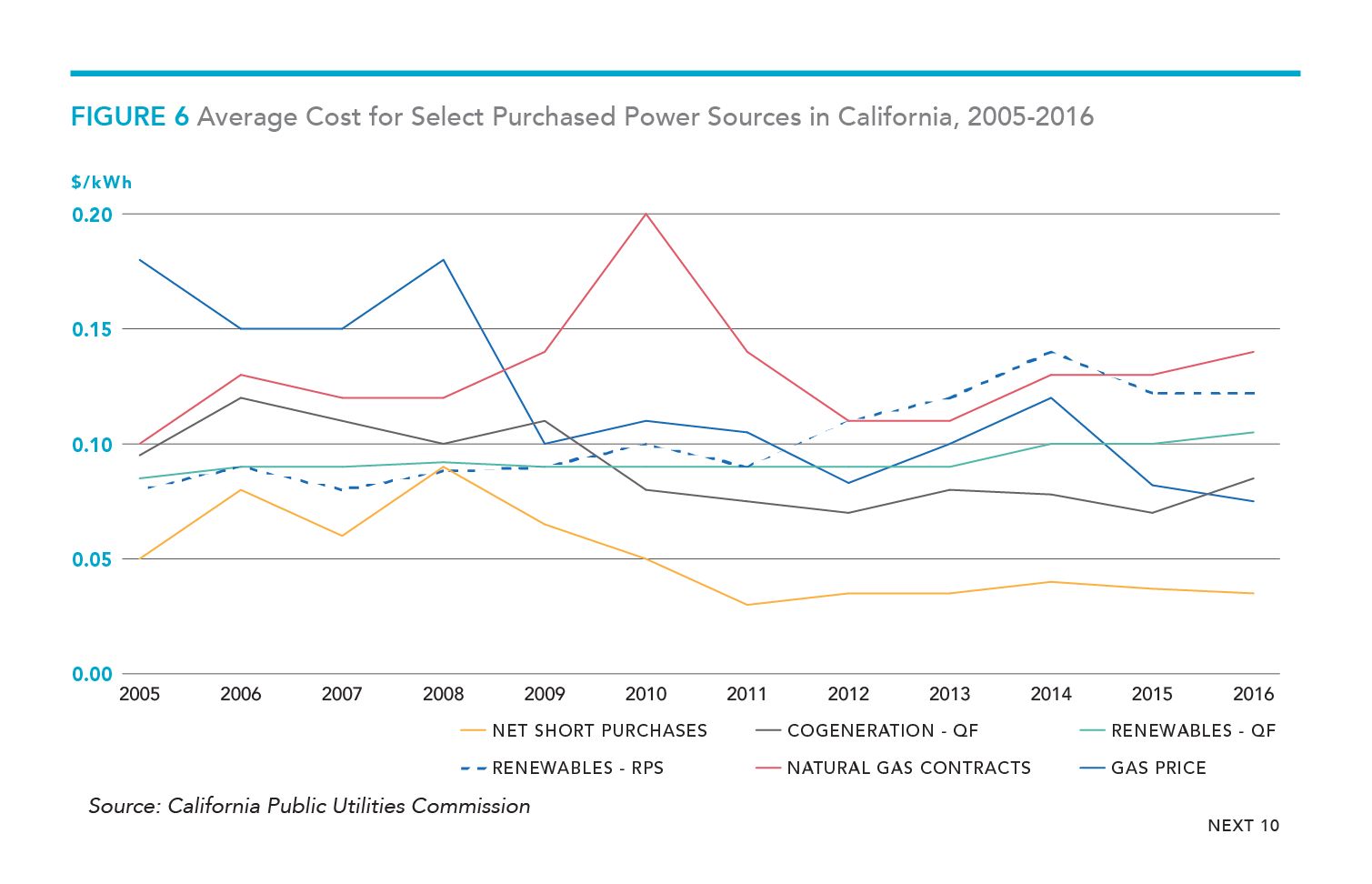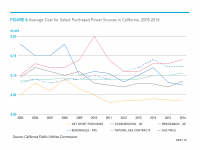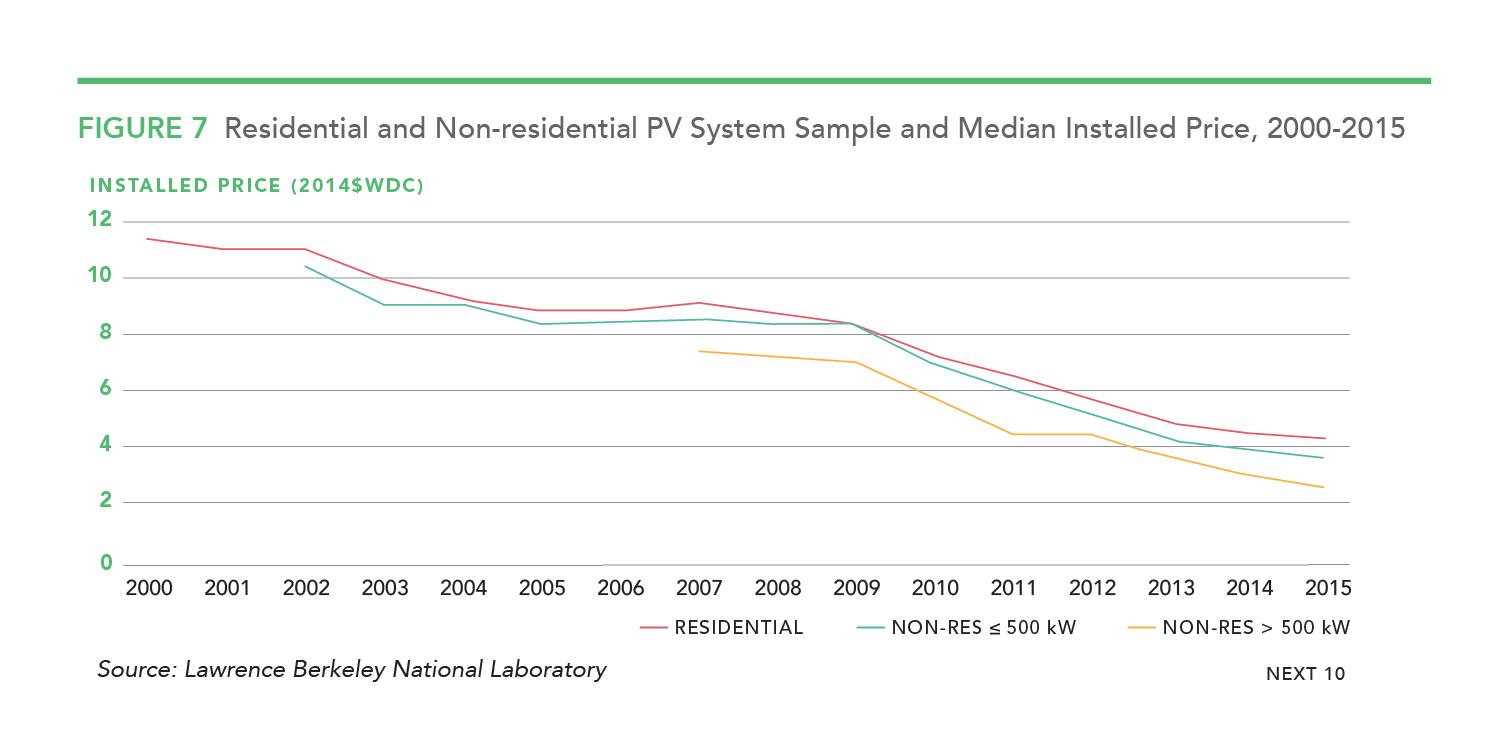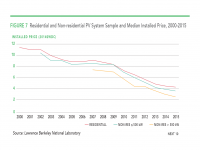Publications
The Net Economic Impacts of California's Major Climate Programs in the Inland Empire
First comprehensive cost/benefit study of state climate policies in Inland Empire finds $9.1 billion in direct economic benefits and over 41,000 direct jobs over seven years.
The Net Economic Impacts of California's Major Climate Programs in the Inland Empire offers a new perspective on the benefits of existing climate and clean energy policies in the Inland Empire. The report focuses on San Bernardino and Riverside Counties, both of which face unique economic and air-quality challenges, and examines the impacts of three programs: 1) cap and trade; 2) renewable energy; and 3) distributed solar and energy efficiency programs in the region.
From 2010 to 2016, the report estimates a net benefit of $9.1 billion in direct economic activity and 41,000 net direct jobs, both ongoing and one-time construction jobs. When accounting for the spillover effects of these benefits, the figures jump to $14.2 billion in total economic activity and over 73,000 jobs over the time period.
The construction industry benefited the most from these policies, with an increase of over $9.6 billion in business investment and 36,000 jobs from 2010 to 2016, mostly from the development of wind and solar power plants. Firms involved in the operation of new wind and solar power plants increased revenue by $1.8 billion and created over 900 ongoing maintenance jobs.
Those facing challenges include companies involved in fossil fuel power generation, with a negative impact of $1.7 billion in sales and over 1,100 jobs over the time period. Firms involved in extracting oil and gas lost almost $15 million in sales and over 40 jobs.
Next 10 does not own the rights to this publication. Usage of this content is subject to permissions, please contact us at info@next10.org for more information.
Renewables Portfolio Standard (RPS):
- The proliferation of renewable energy plants in the Inland Empire is responsible for over 90 percent of the direct economic benefit to the region.
- As of October 2016, San Bernardino and Riverside Counties were home to more than 17 percent of the state's renewable generation capacity.
- The region has built a total of 3,721 MW in renewable capacity—enough to power 2.6 million homes—with projects totaling another 2,162 MW already permitted and awaiting construction.
- In total, the net impact from RPS exceeded $12.4 billion, and constructing new power plants created the largest number of jobs—29,000 high-skilled, high-quality direct jobs.
Cap and Trade:
- Cap and trade had a net economic benefit of $25.7 million from the first four years of implementation, 2013 to 2016.
- The figure includes $900,000 in tax revenue and net economy-wide employment growth of 154 jobs.
- When funds that have been appropriated but not yet spent are included, projected net economic benefits reach nearly $123 million, with 945 jobs created and $5.5 million in tax revenue.
Distributed Solar and Energy Efficiency Programs:
- The California Solar Initiative, Solar Investment Tax Credit, and investor-owned utilities energy efficiency programs, which provide direct incentives for solar installation and energy efficiency retrofitting, contributed about $1.1 billion in subsidies for solar and $612 million in energy efficiency from 2010 to 2016.
- When costs to ratepayers are weighed against the job and economic benefits, the net impact resulted in the creation of more than 12,000 jobs and $1.68 billion across the economy.
Policy Recommendations:
- Develop a comprehensive transportation program to maximize benefits and minimize harm for local industry and residents
- The importance of warehousing and logistics in the Inland Empire, and long commutes traveled by residents each day, make transportation the most uncertain aspect of California's climate program.
- Disburse auction proceeds in a timely and predictable manner, and ensure the Inland Empire receives an appropriate level of statewide spending based on its economic and environmental needs.
- Develop robust transition programs for workers and communities affected by the decline of greenhouse gas-emitting industries, including re-training and job placement, bridges to retirement, and regional economic development initiatives.
Next 10 cannot grant permission to use graphics from this publication; additional permissions may be required from the copyright holder. Please view our Terms of Use policy for more information or contact Next 10 at info@next10.org with any questions.
